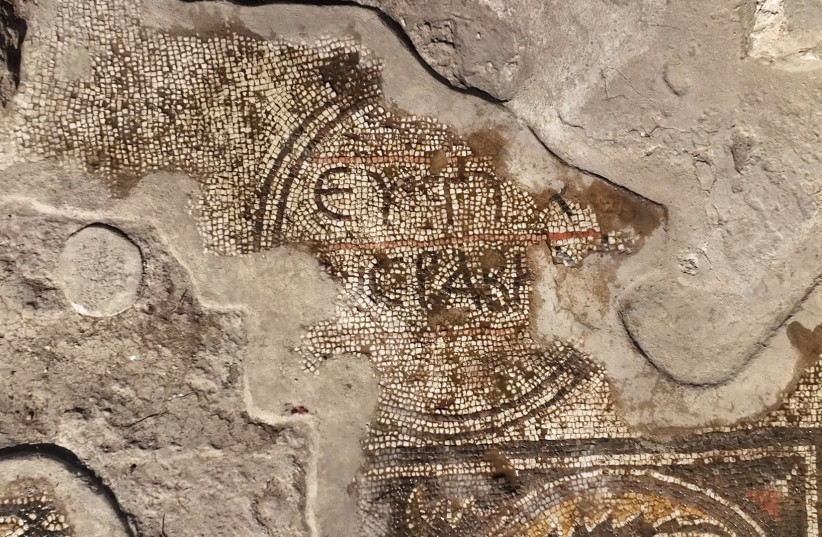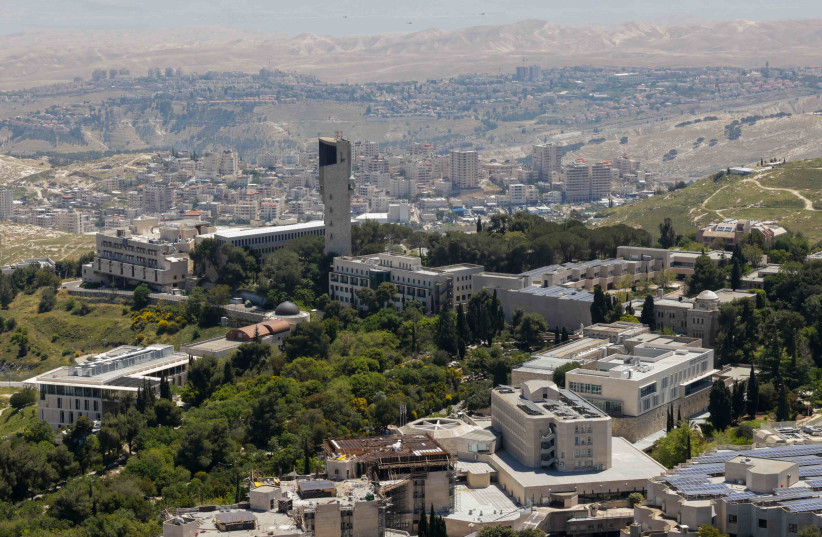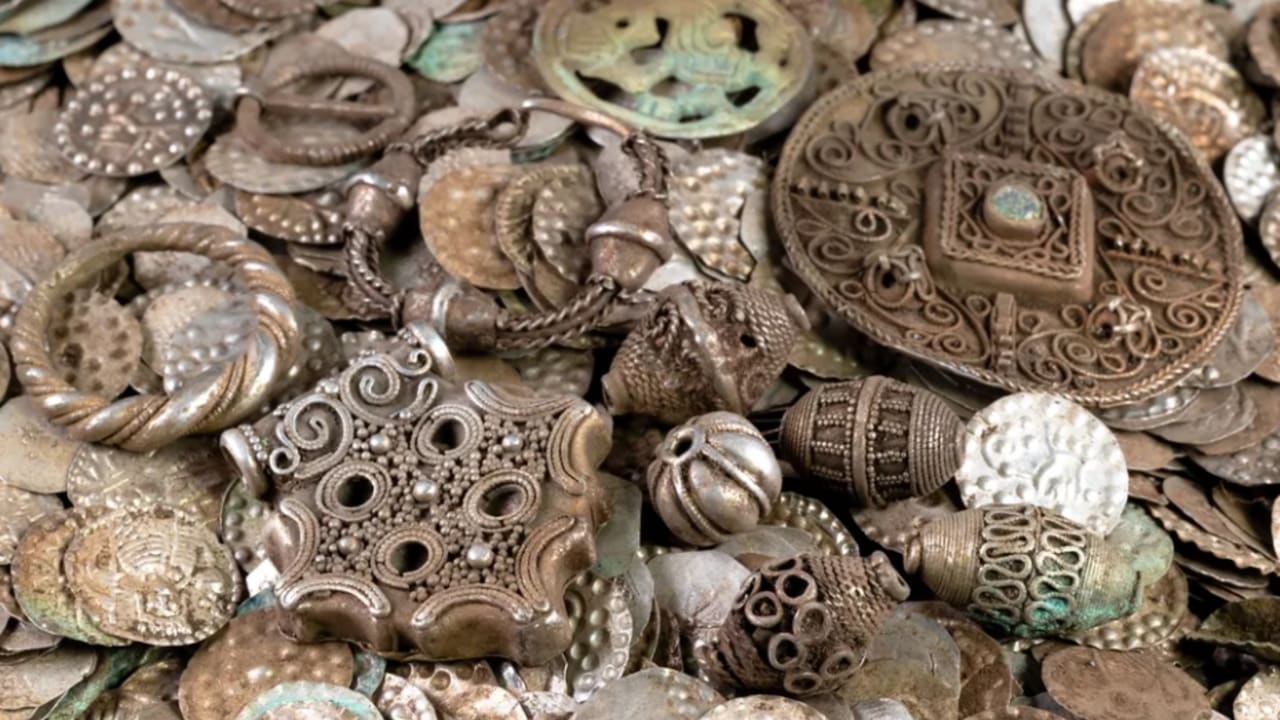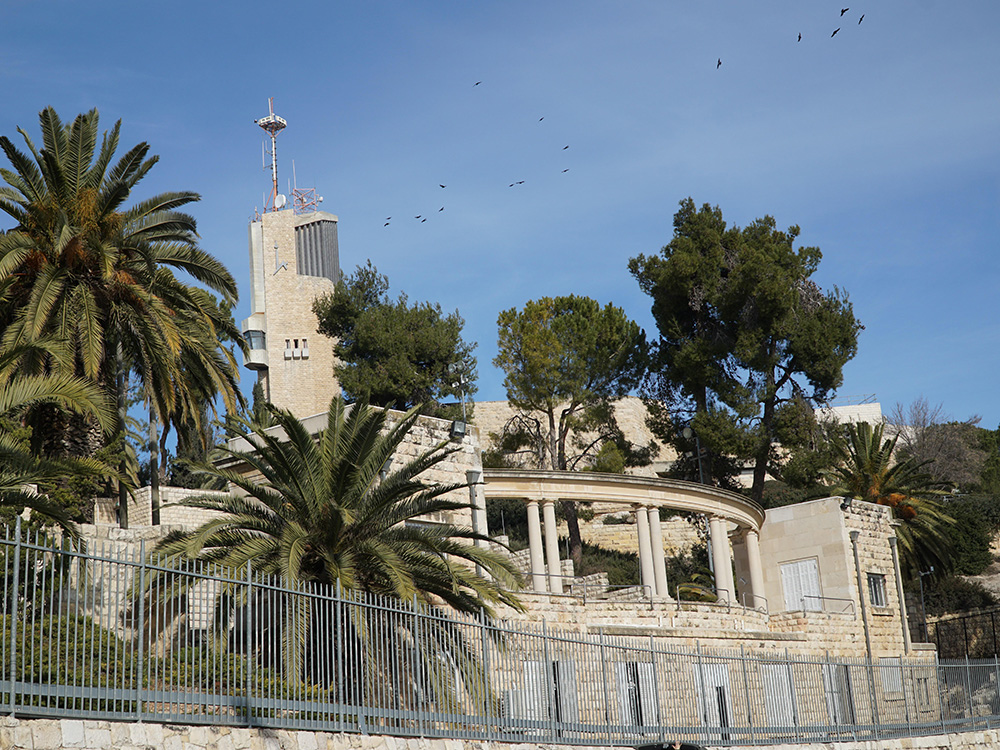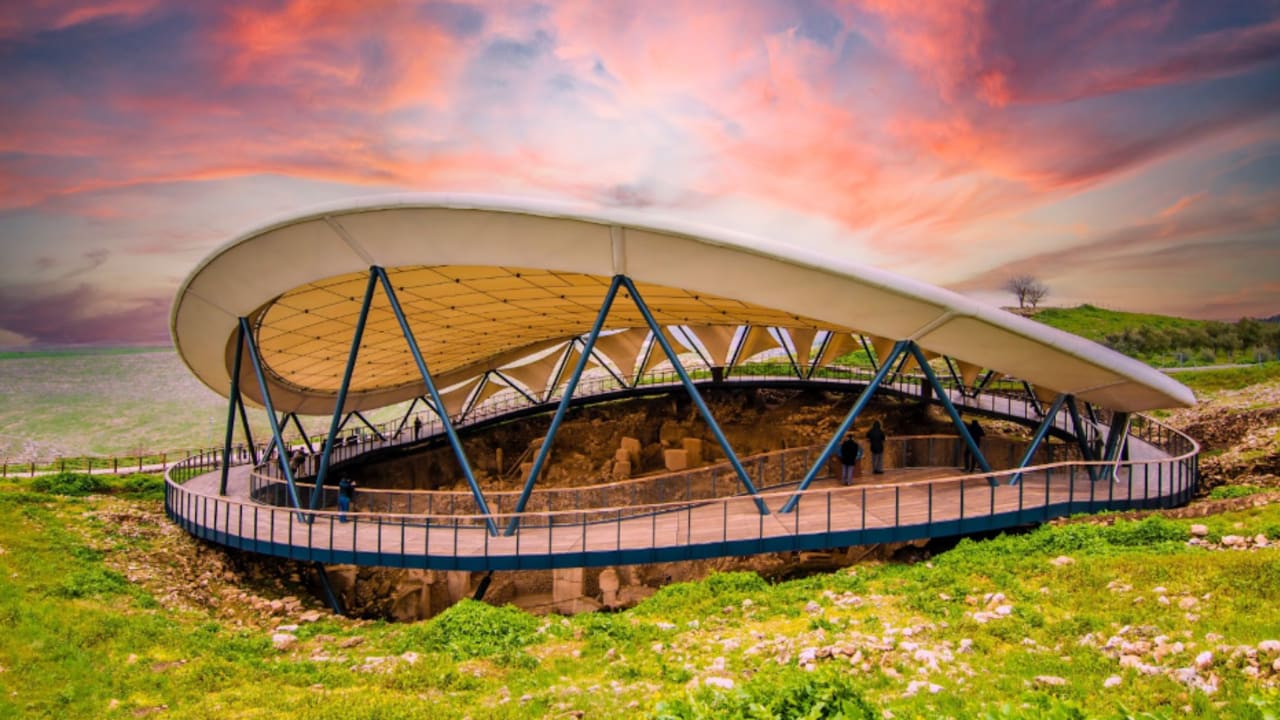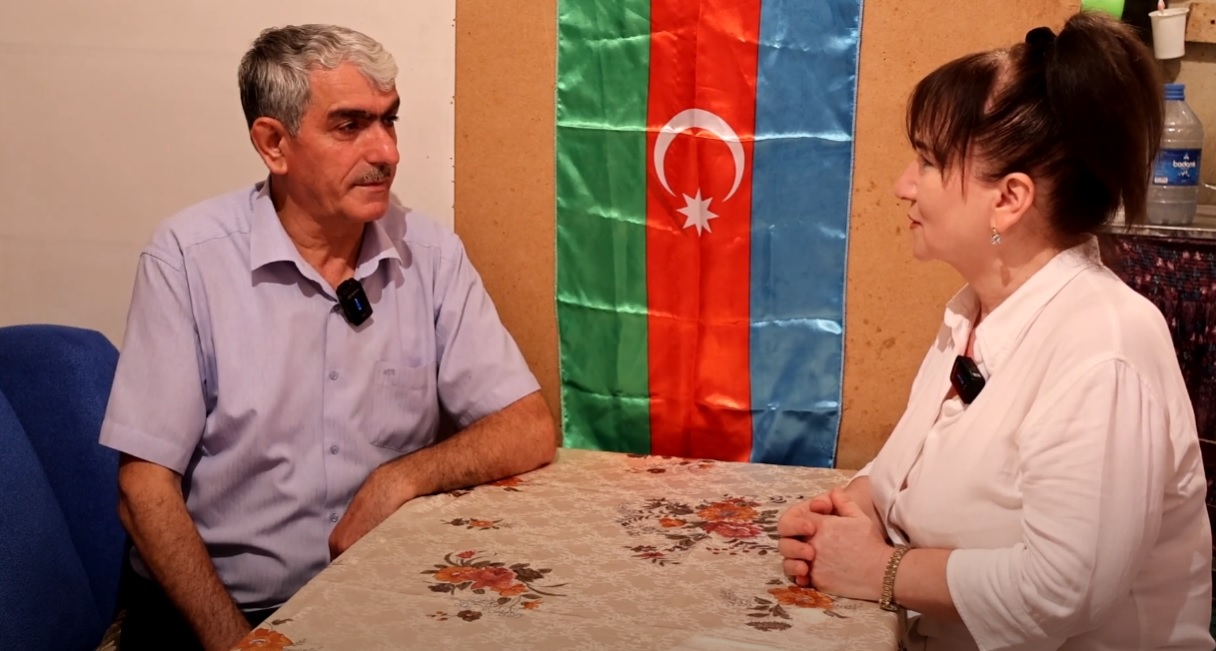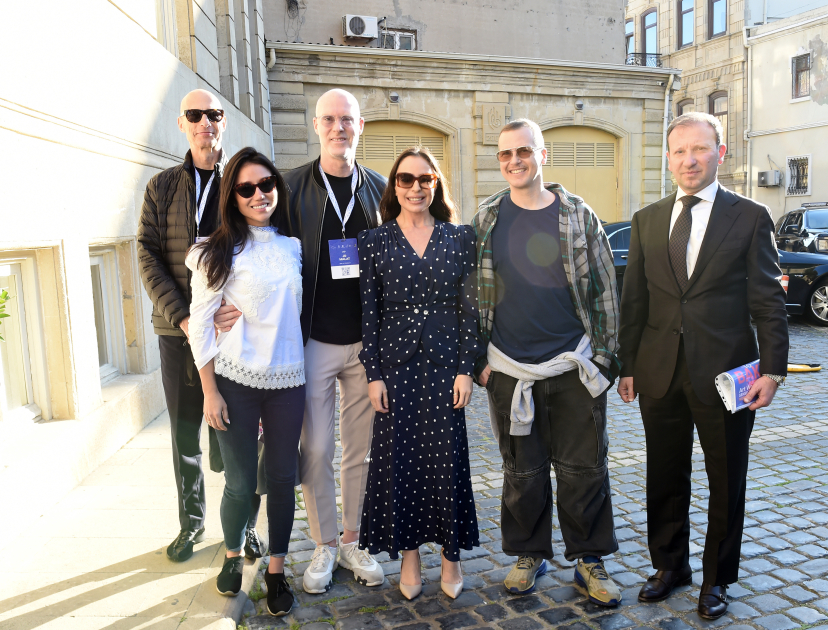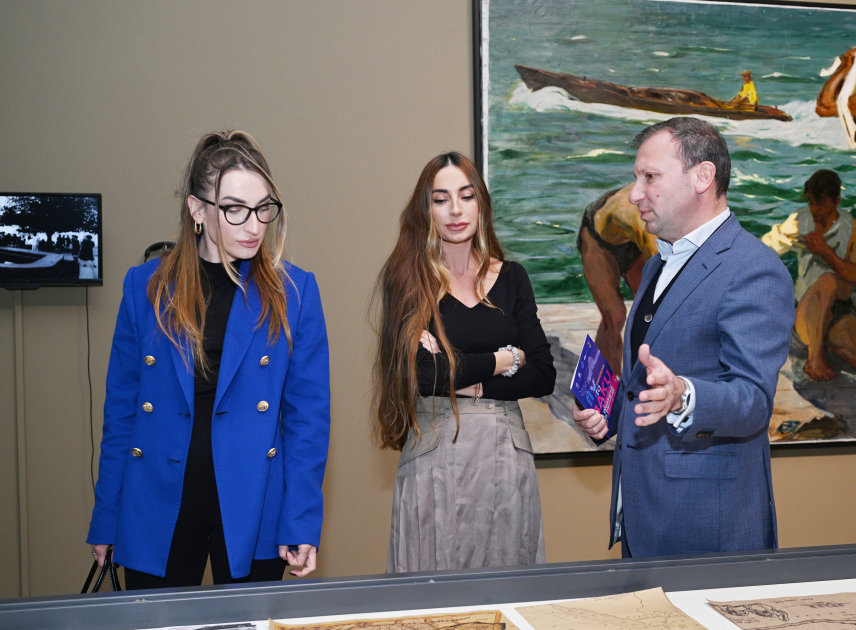Jerusalem Post
ByJOANIE MARGULIES
An expansive and impressive 1,600-year-old agricultural estate was uncovered in Kafr Kassem during an excavation conducted by the Israel Antiquities Authority (IAA) and financed by Israel’s Construction and Housing Ministry, ahead of the construction of a new neighborhood in Israel’s North.
The findings were within the boundaries of archaeological site Kafr Hatta, and are a Samaritan settlement that existed for about 400 years, from the end of the Roman period to the end of the Byzantine period (4th–7th centuries CE).
This site is described in historical sources as the birthplace of Menander, the Samaritan magician and successor of Simon Magus, a figure regarded as a father of Gnostic sects and an early Christian convert.The excavation revealed a magnificent mosaic floor decorated with a geometric pattern and images of fruits and vegetables, such as grapes, dates, and watermelons.
Discovery's splendor points to 'great wealth' of local Samaritans
"The size and splendor of the buildings discovered, the quality of their mosaic floors and the impressive agricultural installations, all point to the great wealth and prosperity of the local Samaritan community over the years," said excavation directors Alla Nagorsky and Dr. Daniel Leahy Griswold on behalf of the IAA.
The excavation revealed a magnificent mosaic floor decorated with a geometric pattern and images of fruits and vegetables, such as grapes, dates, and watermelons. An entrance to one room featured a partially preserved Greek inscription wishing the owner "Good Luck!", whose first name was common in Samaritan communities.
The estate also included an olive press, a large warehouse, and a public purification bath, or miqveh, in its northern section. Nagorsky noted that the olive press, which was carefully planned with two screw presses and a large crushing basin, is a type more typical of the Jerusalem region than Samaria.
Over the centuries, the estate underwent dramatic changes. "The wealth and luxury of the buildings were replaced by oil production and agricultural installations. New walls damaged the mosaic floors, and the magnificent capitals and columns were integrated within the new walls," Nagorsky explained. She suggests these changes are connected to the Samaritan Revolts of the 5th and 6th centuries CE, which were uprisings against Byzantine emperors.
Samaritan ceramic oil lamps found at ancient site
Unlike other Samaritan sites that were destroyed during these revolts, the Kafr Kassem estate continued to be used and preserved its Samaritan identity, as evidenced by Samaritan ceramic oil lamps found at the site. "This is a fascinating site, which displays the historical gamut between the days of prosperity and the decline of the Samaritan community," Nagorsky concluded. The existence of the site and its findings will allow researchers to reconstruct its history over centuries, enriching knowledge about this ancient population.
Heritage Minister Amichai Eliyahu also commented on the find, stating that "The discovery of the Samaritan agricultural estate illuminates another chapter in the common shared story of the ancient peoples of this land; foremost in this period, the Jews and the Samaritans". He noted that both communities lived according to the Torah, shared common roots, and experienced similar hardships under antagonistic rule.
Eliyahu concluded that the findings are "another reminder that our heritage in this land is deep and multi-faceted".


